Powerboating at night
Top tips to help you enjoy your local fireworks display on the water

Heading out to watch a firework display from the water? RYA Powerboat Advanced Trainer and Examiner, Candi Abbott offers her expert advice for a safe and enjoyable evening afloat…
As the days get shorter Bonfire Night, Christmas, and New Year’s Eve celebrations are just around the corner. To secure our front row seats at impressive firework displays, many of us will be taking to the water for a night to remember.
So that you can make the most of this years on-the-water illuminations, Candi shares her top tips for safe and memorable night.
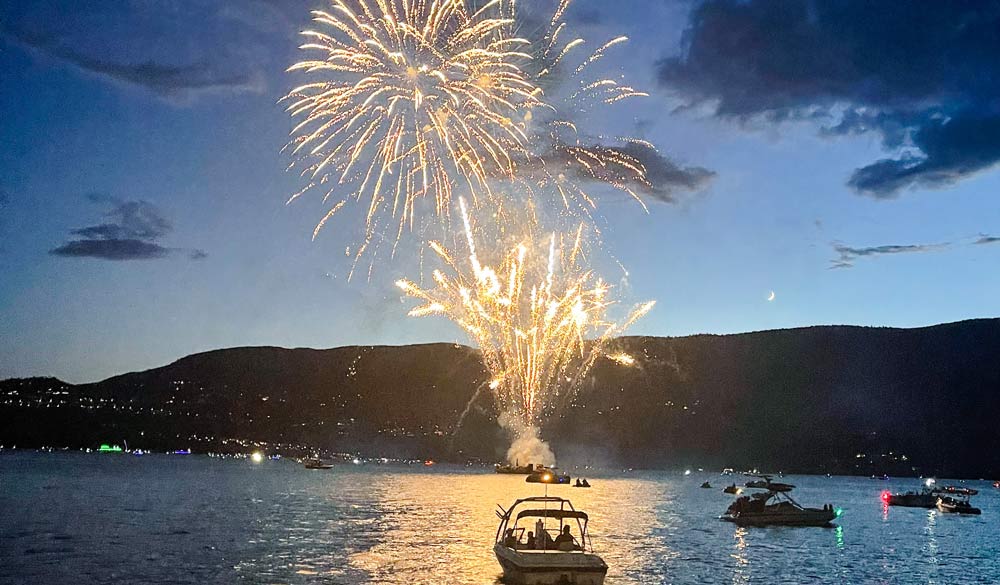
Pre-departure checklist
Before taking to the water, always check your local Notice to Mariners to learn about any potential exclusion zones.
Nominate a sober and experienced skipper for the evening. It’s not just about getting to and from your destination, but ensuring the vessel and crew also stay safe during the display. Make sure they are conscious of other vessels, your surroundings, and the ever-changing conditions.
Elect a willing, sober, and preferably experienced crew member to assist you with usual onboard operations. They should also act as an extra set of eyes looking out for other craft, debris in the water and unmarked or unlit buoys.
Ensure you know the rules of the road (COLREGS), local bylaws, and buoyage. Key information, including light sequences, should be included in your pilotage plan.
Remember, the same stretch of water can look very different in the dark!
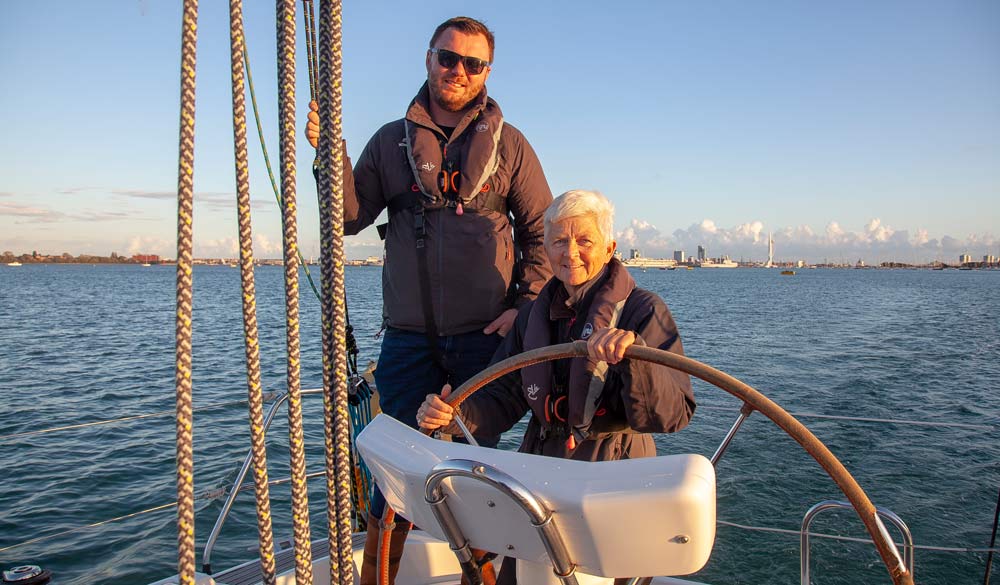
Departure Checklist
Choose an anchorage or mooring up wind of the fireworks. Consider the weather and tidal conditions for the evening, check the charts for the area and follow a thorough pilotage plan.
You may have planned the perfect spot to view a display, but others might have a similar plan, so try arriving early, perhaps even in daylight hours. This will allow you to familiarise yourself with the port and get in position. From here, you can then lay your anchor, turn on your anchor light, check your transits, and settle in for a wonderful evening.
Always have a backup plan in case the conditions aren’t right or there’s not enough space to anchor safely at your first choice of location.
Make sure that someone ashore knows your passenger and crew list, where you’re going and your estimated times of departure and return. The RYA SafeTrx App is a quick and easy way to share this information, allowing your contact to keep track of where you are throughout your trip.
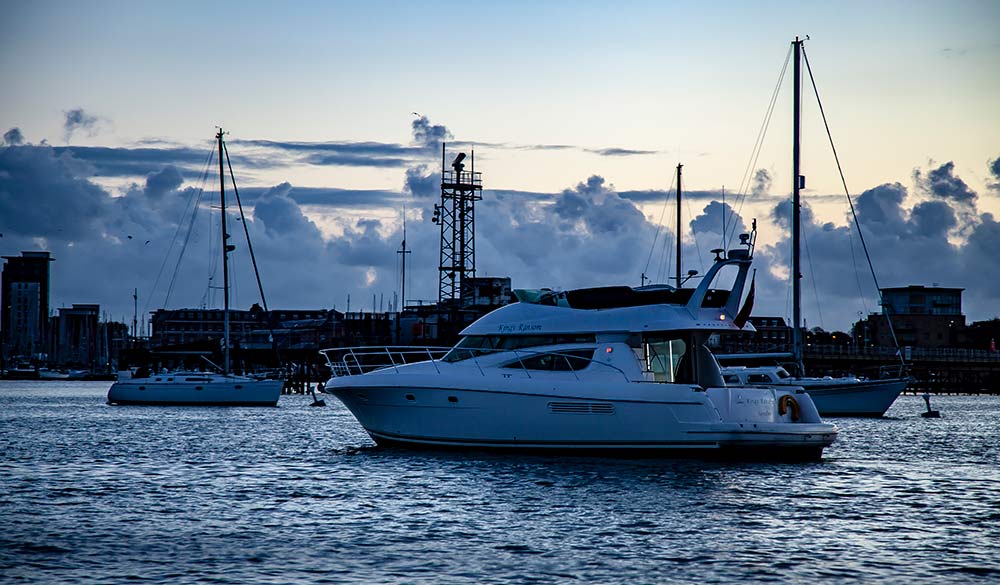
Passenger checklist
Before setting off, conduct an occupant briefing covering emergency situations, seating, lifejacket use, and safety equipment.
Make sure all occupants are wearing lifejackets with a light. Children should be fitted with an appropriate children’s lifejacket and accompanying light. The bright orange or yellow of the jacket is easily spotted in daylight but difficult to see at night.
As the evening sets in, so will the chill, be prepared with extra clothes to wrap up warm. Hot drinks and snacks are also a bonus for any on-water adventure!
If you’re thinking about boating with your dog, consider whether it might be best to leave them at home. Many animals find the noise of fireworks distressing, so as much as it may be fun to have your companion by your side, is it best for them? If you know your dog is comfortable with fireworks, think about their comfort and safety too. Put them in a lifejacket with a light attached to the top (so you can spot them should they take an unplanned swim!) and make sure to bring a blanket or bed, their favourite toy, treats and water.
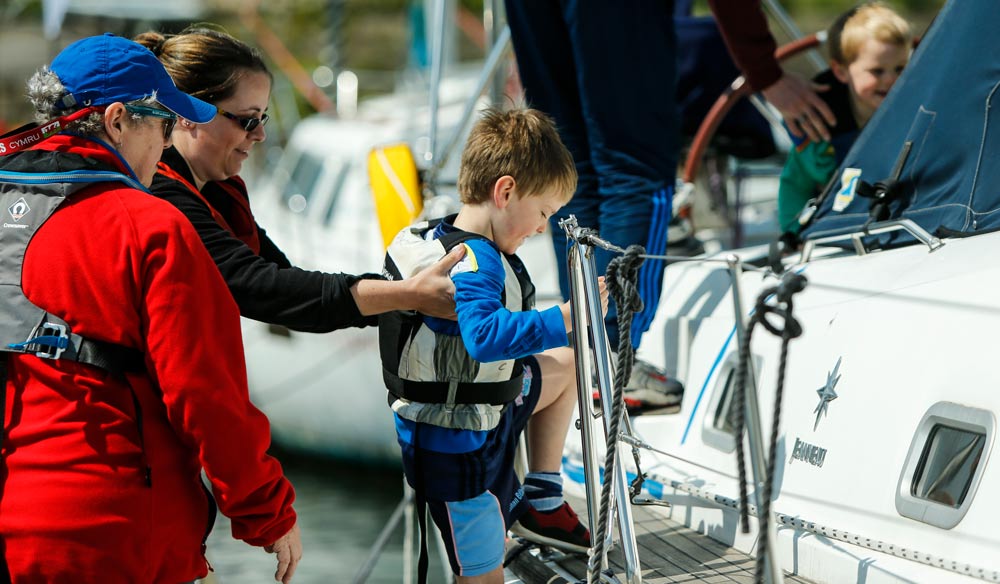
Boat checklist
Be sure to check your boat navigation lights are working, you’re displaying the correct ones and they aren’t obscured by crew or equipment. If you have electronic navigation aids onboard, ensure you’re familiar with how to switch them onto night mode and turn down the backlights. More importantly, make sure you know how to turn the backlights up again from memory, as you may not be able to see the display during daylight hours!
White lights will kill your night vision, so if torches are needed, think about using red or green light instead. Remember, eyes take 30 minutes to adjust properly.
In addition to the usual fire extinguisher, you carry onboard, consider taking a bucket with you to put out any sparks that may drift onto your boat.
Take a VHF with you and keep it on dual watch, monitoring channel 16 and the local port. You may have lots of friends and family wishing to join you onboard but plan well and ensure you don’t overload your boat. Every craft has a manufacturer loading capacity, so ensure you stick to it!
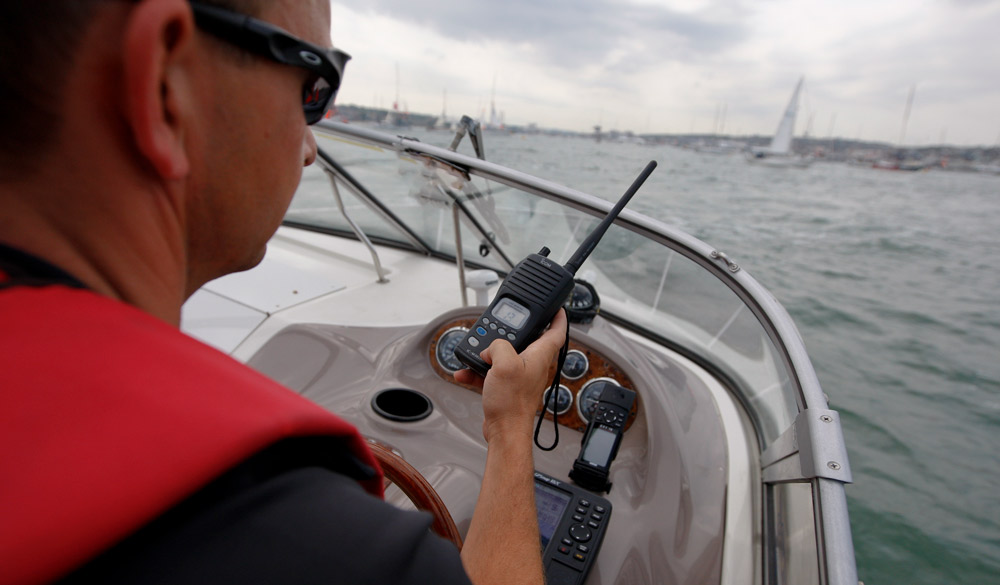
Heading home
It might be tempting to rush off home after the last firework, but make sure to take your time. It’s a good idea to let the crowds disperse before heading back, it will be a far safer and a more enjoyable experience. It’ll also give your eyes a chance to adjust to the darkness again.
Training and further reading
If you’re nervous about sailing at night, why not enrol on an RYA training course to gain experience or refresh your skills? There are practical courses to suit powerboaters, sailors, and motor cruisers of all abilities, and shore based courses to brush up on your passage planning and pilotage.
You can also find supporting information and expert advice in the RYA’s range of publications and accessible eBooks.
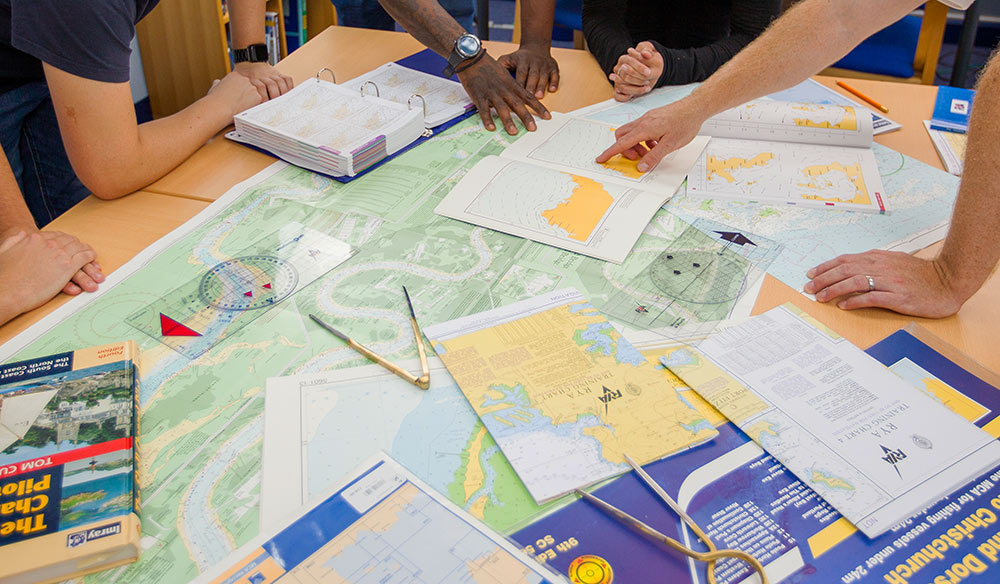
See you on the water!
“Being prepared and having confidence in your skills is all that’s needed for a great night afloat. If you’ve never considered the view from the water, perhaps now’s the time!” – Candi Abbott.
